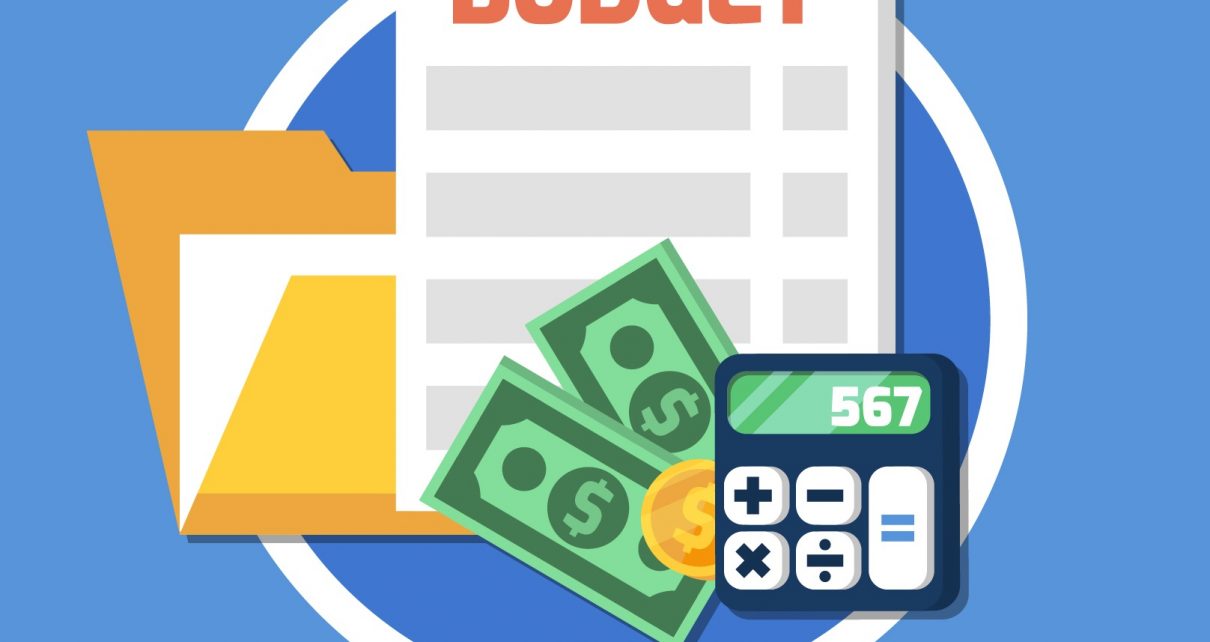In today’s dynamic world, taking control of your finances through a well-crafted budget is the first step towards financial freedom and stability. Whether you’re saving for a dream vacation, paying off debt, or building an emergency fund, a personalized finance budget can help you stay on track and make informed financial decisions. Let’s dive into how you can create a budget that works for you.
Step 1: Set Your Financial Goals
Before diving into the numbers, identify your financial goals. Do you want to save for retirement, pay off student loans, or start a business? Setting clear, achievable goals will give your budget purpose and motivation.
Step 2: Calculate Your Income
Gather all sources of income, including salary, freelance work, rental income, or investment dividends. Calculate your monthly net income—the amount you take home after taxes and deductions.
Step 3: List Your Expenses
Track your spending for a month to understand where your money goes. Categorize expenses into fixed (rent/mortgage, utilities) and variable (groceries, dining out, entertainment). Don’t forget irregular expenses like car repairs or gifts.
Step 4: Differentiate Between Needs and Wants
Distinguish between essential expenses (needs) and discretionary spending (wants). Prioritize needs like housing, food, and transportation before allocating funds to wants such as vacations or designer clothes.
Step 5: Set Budget Categories and Limits
Create budget categories aligned with your expenses (e.g., housing, transportation, groceries) and allocate a specific amount to each category. Use past spending data to guide these allocations, ensuring you don’t overspend in any area.
Step 6: Consider Savings and Debt Repayment
Allocate a portion of your income to savings and debt repayment. Aim to save at least 20% of your income and allocate extra towards high-interest debt to expedite payoff.
Step 7: Monitor and Adjust Regularly
Track your spending regularly using budgeting apps or spreadsheets. Review your budget monthly to assess progress and adjust allocations based on changing needs or income fluctuations.
Tips for Success:
- Be Realistic: Set achievable budget targets based on your income and lifestyle.
- Embrace Flexibility: Unexpected expenses happen—build flexibility into your budget to accommodate surprises.
- Celebrate Milestones: Acknowledge progress towards your financial goals to stay motivated.
Conclusion
Creating a personal finance budget is a powerful tool for taking charge of your financial future. By following these steps and staying disciplined, you’ll gain clarity on your finances, reduce stress, and move closer to achieving your dreams.
Ready to embark on your budgeting journey? Start today and pave the way for a brighter financial future!
Feel free to customize this article with additional tips, personal anecdotes, or specific budgeting strategies that resonate with your audience. Incorporate relevant keywords related to personal finance, budgeting, and financial planning to optimize the article for SEO and attract readers seeking guidance on managing their finances effectively.



